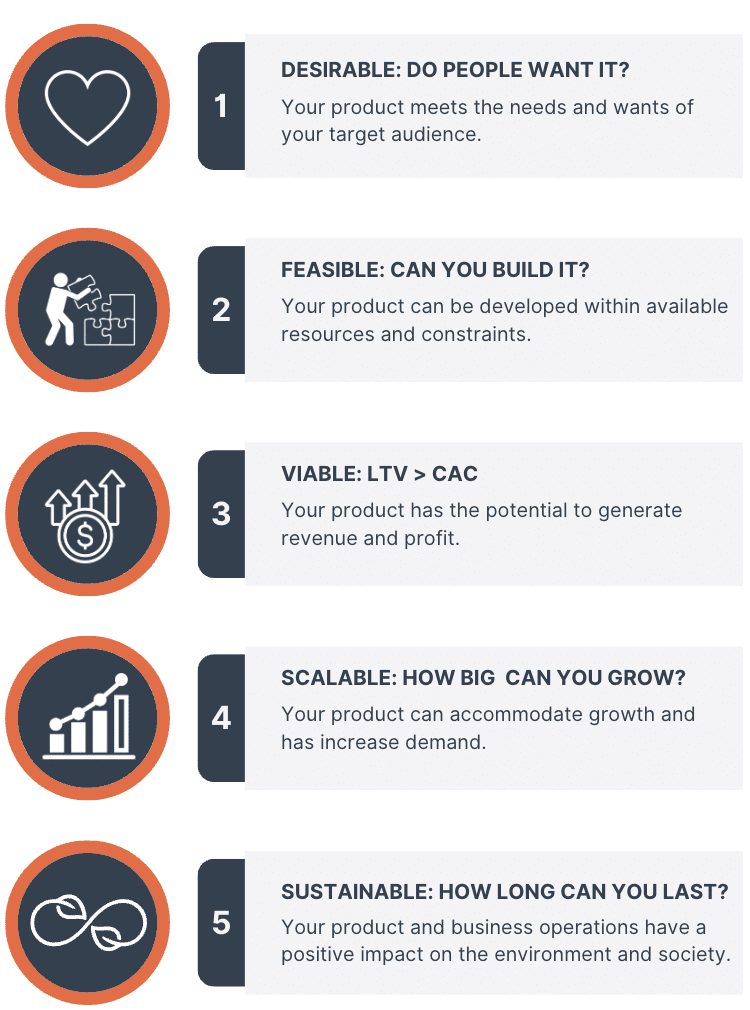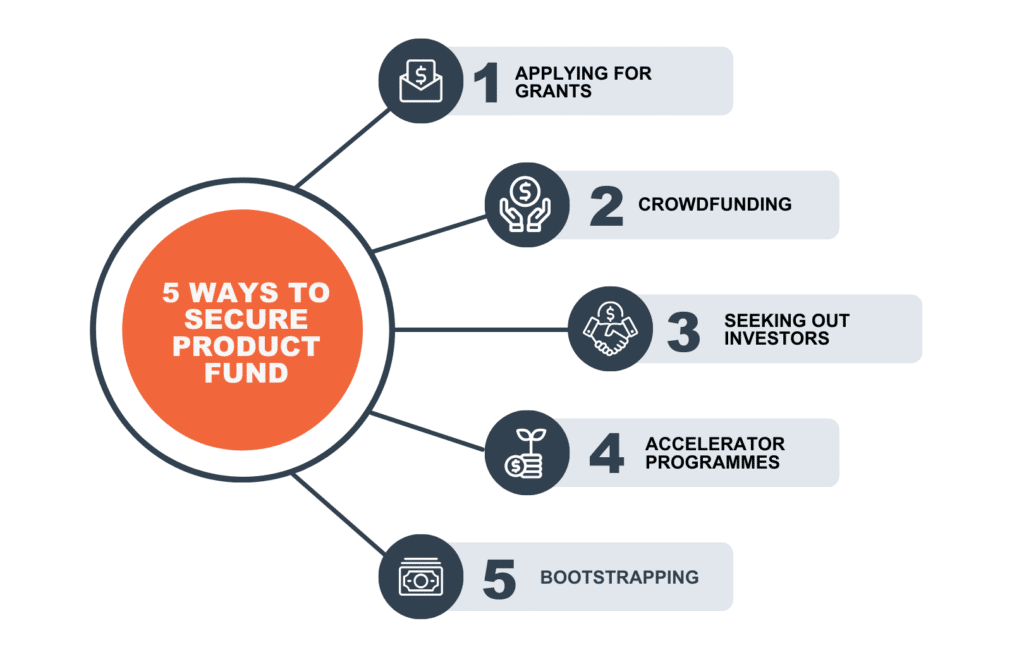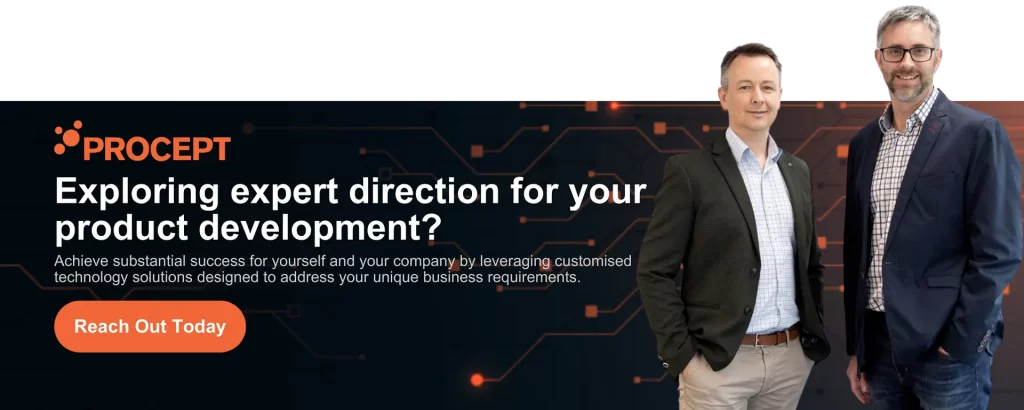
Financing your Product Development Project

For all Product Development projects, from our many Established and Enterprise clients to the numerous Scale-up and Start-up businesses we have supported, there are various budget and project funding considerations, options and Advisory support services available.
No matter the size of your business or project, you may be eligible to apply for a grant, crowdfunding options are available, seeking out investors may be a viable option, there are accelerator programs you can participate in, or bootstrapping may be your preferred path to success.
Read our “5 Ways to Secure Product Fund” value guide here.
Securing Product Fund
Developing a new product can be a costly and time-consuming process. From research and development to prototyping and testing, there are many expenses that can add up quickly. Unless you’re independently wealthy, chances are you’re going to need some financial support to get your product off the ground.
Having a secured fund can help your business mitigate the risk of product development as well as scale your product development efforts.
#1 Applying for Grants
Grants are funds that are provided by governments, foundations, or other organisations to support specific projects or initiatives. Grants are typically awarded based on the merit of the project and are not required to be repaid.
What are the steps in applying for grants?
- Research grant opportunities: Identify organisations that offer grants that align with your goals and objectives.
- Review grant guidelines: Carefully review the grant guidelines to ensure that you meet the eligibility requirements and that your project aligns with the funding priorities of the grantor.
- Prepare a proposal: Write a clear and concise proposal that outlines the goals and objectives of your project, the proposed budget, and the expected outcomes. Include a detailed plan for how the grant funds will be used and a timeline for completing the project.
- Gather supporting materials: Assemble any additional materials that may be required, such as a business plan, financial statements, and references.
- Submit the application: Follow the grantor’s application instructions carefully and submit your proposal and supporting materials by the deadline.
Applying for a grant can be a competitive and time-consuming process, and it is important to carefully research and tailor your proposal to the specific requirements of the grant. Learn more by reading these tips for startups in applying for grants.
| 💡 | Pro tip. It may also be helpful to work with a grant writer or seek the assistance of a professional grant writing service to increase the chances of success. |
#2 Crowdfunding
Crowdfunding is a way to raise funds for your project or venture by asking a bunch of people for small contributions. There are a few different types of crowdfunding, like rewards-based (where backers get a reward for contributing), equity (where backers get equity in your company), and debt (where backers loan you money and expect to be paid back with interest).
What are examples of crowdfunding platforms for consumer-based products?
NOTE: These platforms typically charge a fee for their services, which may be a percentage of the funds raised or a flat fee.
To make your crowdfunding campaign a success, you’ll need to create a page or platform to showcase your project, set a fundraising goal, and decide on the rewards or perks you’ll offer to backers. You’ll also need to promote your campaign using social media, email, and any other marketing strategies you can think of. And don’t forget to keep your backers in the loop and thank them for their support!
| 💡 | Pro tip. After you have submitted your application, it is a good idea to follow up and ensure that your application has been received and to answer any questions they may have. |
#3 Investors
There are a few different ways to get your hands on investor funds, such as equity financing (where you give up some ownership in exchange for cash), debt financing (where you borrow money and promise to pay it back with interest), or a combo of both. This can be a good source of capital for startups or businesses with innovative products or technologies.
What are things to consider when seeking out investors for my product?
Identify the Right Investors
It is important to research and identify investors who align with your business goals and objectives, and who have the resources and expertise to support your product development effort.
Understand the Terms of the Investment
Carefully consider the terms of the investment, including the equity or debt structure, the valuation of the company, and the rights and responsibilities of the investors.
Create a Compelling Pitch
To convince investors to fund your product development project, you will need to create a compelling pitch that outlines the value proposition of your product, the market opportunity, and the financial projections for the company.
Negotiate the Terms of the Investment
It is important to carefully consider the terms of the investment, including the equity or debt structure, the valuation of the company, and the rights and responsibilities of the investors. As highlighted in our insightful blog, “From Idea to $$: Your 6-step Product Development Guide“, not having a clear and deep comprehension of your product at each stage can inadvertently drive up costs, putting your entire project at risk of veering off course
Manage Expectations
In order to keep your investors informed and satisfied, it is important to manage their expectations and provide regular updates on the progress of the product development project.
Protect Your Intellectual Property
Protect your intellectual property by establishing clear agreements with your investors about ownership and licensing of any technology or intellectual property developed as part of the project.
| ADVANTAGES | DISADVANTAGES |
| 1. Investors can provide significant amounts of capital that may not be available through other sources.
2. Investors can bring valuable industry expertise, connections, and mentorship to the company. 3. Investors may provide strategic guidance and support that can help your business grow and succeed. 4. Obtaining investment can help validate your business and its products, and increase credibility and visibility in the marketplace. |
1. Seeking funding from investors can be a time-consuming and resource-intensive process.
2. Investors may require a significant ownership stake in the company in exchange for their investment. 3. The terms of the investment may include certain milestones or performance targets that your business is required to meet, which can add pressure and risk to the business. 4. If your team is unable to meet the expectations of the investors, it may face negative consequences such as dilution of ownership or loss of control. |
| 💡 | Pro tip. Maintain control by seeking investors who are aligned with your vision and who will respect your autonomy as a product owner. |
Remember, getting funding from investors can be a great way to bring in some extra cash, but it also means giving up a bit of control and ownership in your company. So weigh up the pros and cons before diving into an investor relations strategy to effectively manage your relationship.
#4 Accelerator Programmes
An accelerator program is a structured initiative that helps startups and early-stage companies to grow and develop by providing access to resources, mentorship, and often investment. Accelerator programs typically last for a fixed period of time, such as a few months, and culminate in a “demo day” where participating companies pitch their products or services to a group of potential investors.
How do I choose an accelerator program?
Fit
Make sure that the accelerator program aligns with your business goals and objectives, and that it offers resources and support that are relevant to your needs.
Mentorship
Consider the quality and experience of the mentors and advisors that the accelerator program provides, and whether they can offer valuable insights and guidance to help your business grow and succeed.
Investment
If investment is an important consideration, be sure to understand the terms of the investment offered by the accelerator program, including the equity stake required, the valuation of the company, and any other terms or conditions.
Network
Consider the network of alumni, mentors, and investors that the accelerator program has access to, and whether this network could provide valuable opportunities and connections for your business.
Location
The location of the accelerator program may be a factor, as it can impact your ability to access resources, mentorship, and funding.
Time commitment:
Accelerator programs typically require a significant time commitment, so be sure to consider whether you have the bandwidth to fully participate in the program.
Keep in mind that it is important to carefully evaluate the fit, resources, and terms of different accelerator programs to find the one that best meets your needs and goals!
Popular Accelerator Programs to Get Started
| Australia | USA | UK & Europe |
| Muru Bluechili Sling shot |
Combinator Techstars 500 Startups AngelPad BoostVC |
Antler Amsterdam Antler London Techstars London Seedcamp |
#5 Bootstrapping
Bootstrapping refers to the practice of starting and growing a business with minimal external funding. This can involve using personal savings, credit cards, or other forms of financing to get the business off the ground. If you decide to go down this route, you can follow the steps to help maximise your resources
| 💡 | Pro tip. Bootstrapping can be a good option for businesses that are looking to retain control of their company and do not want to give up equity in exchange for funding. But keep in mind that progress can be slower and you might not benefit from network connections provided by external investors |
How can I bootstrap my product?
- Start small: It is often more feasible to start with a small, Minimum Viable Product (MVP) version of your product and gradually add features and capabilities as you grow.
- Be resourceful: Look for creative ways to stretch your resources and get the most out of every dollar. This includes seeking out free or low-cost resources, negotiating favourable terms with suppliers, and leveraging your network and existing resources.
- Prioritise essential expenses: Focus on the most essential expenses that will drive the growth and success of your business, and be mindful of unnecessary expenses that might drain your resources.
- Build a strong team: Surround yourself with a team of skilled and committed individuals who can help you achieve your goals.
- Seek out alternative sources of funding: While bootstrapping may be your primary source of funding, it might also be useful to explore other sources of funding, such as grants, loans, or crowdfunding, to help support your growth and development.
- Stay flexible: Be prepared to adapt and pivot as needed, and be open to new opportunities and ways of doing things.

To turn your product into a successful long-term business, it needs to pass every one of these tests. If you have concerns about one stage, ensure you immediately rectify it.
Whatever route you choose, make sure you’ve got a solid plan in place to pitch your product and convince potential investors to take a chance on you.
| 💡 | Pro tip. Contracting support from external parties with considerable product development expertise, such as Procept, to handle specific aspects or total end-to-end delivery of the project can give your product development pitch a much stronger path to success in the eyes of investors. |
Assembling the right team
Once you’ve got your Proof of Concept sorted out, it’s time to start assembling your team. The right team for your product development will depend on the specific needs and goals of your project, as well as the resources and constraints that are available. Getting the right team on board is key. They’re the ones who will understand and steer every part of your project. As we mentioned in our insightful blog, “From Idea to $$: Your 6-step Product Development Guide“, not having a clear and deep comprehension of your product at each stage can inadvertently drive up costs, putting your entire project at risk of veering off course.
What are the different ways to create a product development team?
In-house development
Working on the project with a team of employees within a company.
Outsourcing
Contracting with external parties like Procept to handle specific aspects of the project, such as design, manufacturing, or testing.
Partnerships
Partnering with other companies or organisations to collaborate on the project and share resources and expertise.
Consulting
Seeking the assistance of external consultants or subject matter experts helps to provide specific expertise or guidance for the project.
Crowdsourcing
Gathering input and ideas from a wide range of people, often through online platforms, helps to shape and develop the project.
Open innovation
Seeking input and ideas from external sources, like customers, suppliers, or academia, helps to shape and develop the project.
What are things to consider when assembling the right team for your project?
Skills and expertise
Identify the skills and expertise that are necessary for the project, and seek out team members who have the necessary knowledge and experience to contribute to the success of the project and are willing to share their expertise.
Cultural fit
Consider the team’s cultural fit within the organisation, and look for individuals who align with the company’s values and work style.
Team size
Determine the optimal team size for the project, keeping in mind the scope and complexity of the project, as well as the available resources.
Communication
Look for team members who are good communicators, and who are able to effectively collaborate and work with others.
Flexibility
Consider the team’s flexibility and adaptability, and look for individuals who are able to adapt to changing circumstances and pivot as needed.
Diversity
Seek out diverse perspectives and backgrounds, as a diverse team can bring a range of skills and experiences that can contribute to the success of the project.
| 💡 | Pro tip. Choose team members who are passionate about your product and have the skills and experience to contribute to its success! |

Hi, we’re the award-winning engineering team at Procept.
We live and breath product development. Since 2006, our vision has been to make a positive difference through the application of the latest technologies to solve real-world problems and improve people’s lives.
Learn more about our product development services, engineering services, or joining our engineering team. To work with us on your next product development project, contact our team.
Let’s innovate!











